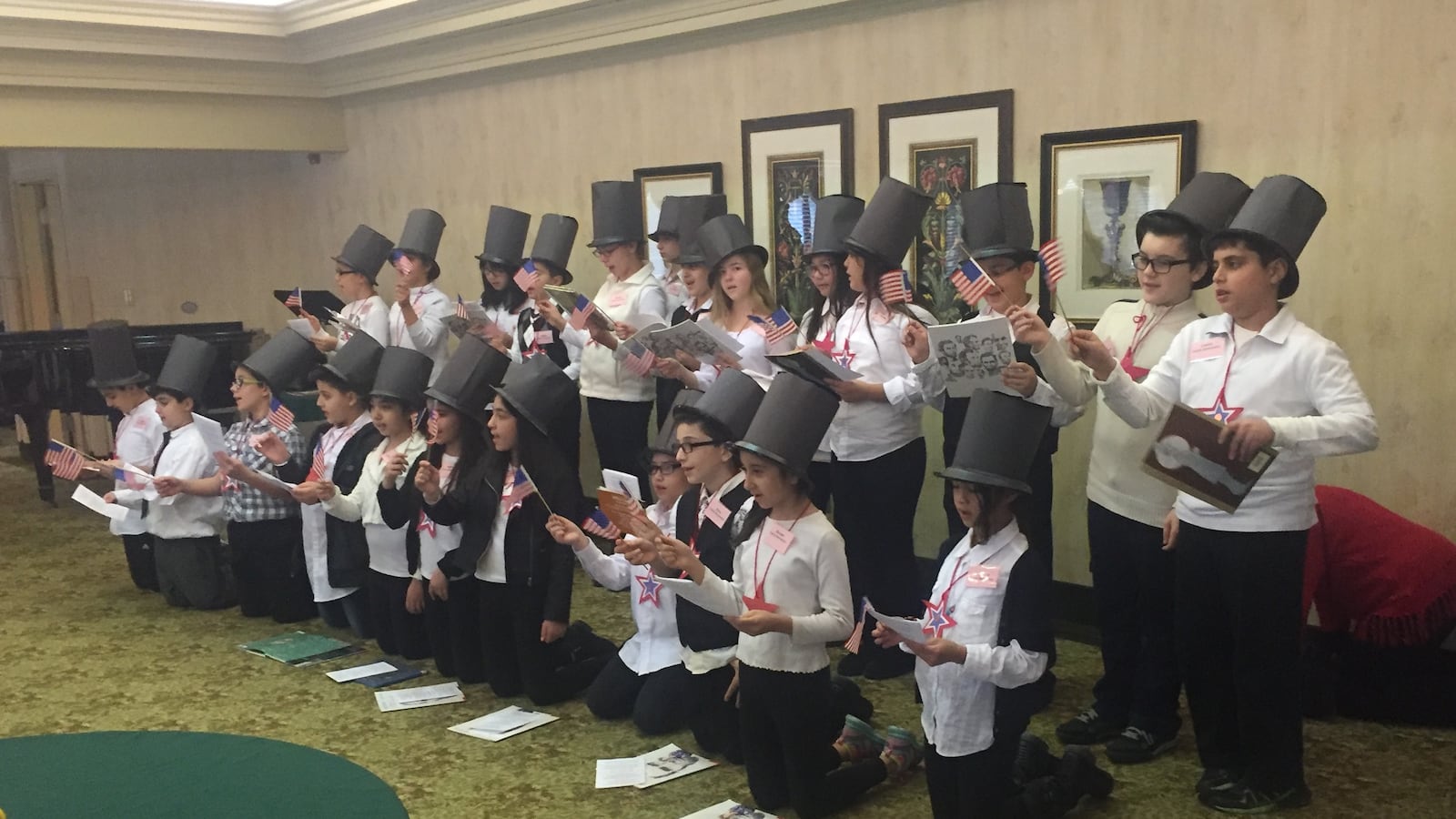Like many people, I enjoyed the heart-warming end to the viral news story about the Florida fourth-grader who was bullied for wearing a homemade University of Tennessee T-shirt, and the university’s decision to turn his design into a new shirt.

But I was also reminded of something I saw often as a teacher of students who were new to the United States: how activities like a “college colors day” can easily sabotage the inclusion they’re trying to promote.
The schools where I worked, like so many others, had various dress-up days that aimed to promote school spirit, encourage college attendance, or help students avoid drugs. For example, I’ve seen pajama day, crazy hair day, and Hawaii day at my school but a quick online search reveals many others: rodeo day, 80’s decade day, dress like a Disney character day, to name a few. The themes were supposed to bring students together.
Yet as a teacher of English language learners new to the country, I soon saw how seemingly innocuous customs like this could actually divide students. This led me to create my own mental checklist for whether activities designed to build community are inclusive. I’m sharing it here:
Is it free or low-cost to participate? Most of my students were from families of limited means and didn’t have ready access to college T-shirts or other specialized dress-up supplies. That was obvious to me, but no matter how prosperous you think your student population is, it’s likely your school has students with financial challenges. More than half of American students qualify for free or reduced-price lunch, meaning their families have limited income, and 95% of schools educate at least some of those students. Even a school with many upper-income families most likely has students with financial challenges. It’s not right to ask students to incur costs to participate in a community that should have no barriers to entry.
Can students participate without parent input? All parents lack time, even if they may have money. I’ve had parents working double shifts who needed their boss’s approval to leave work for a parent-teacher conference. Another parent came to a morning parent meeting after working all the night before. Busy parents should make time for these activities, not for helping their child assemble something for 50’s day. An activity that takes place during lunch period or an in-school pep rally includes everyone, even students who can’t rely on support from home.
Can students opt not to participate? Some schools offer rewards to classes for 100% participation. That puts undue pressure on students who don’t participate either because they can’t or because they just don’t want to. My friend has a son who didn’t take part in dress-up days at his high school because, “he thought they were stupid.” But this boy was a respected high school athlete and a member of the school’s homecoming court. Students without that kind of social capital may not find it as comfortable to opt out.
Does the activity have context? I frequently found myself explaining our school’s dress-up days to my students and their parents, but even when I translated basic information about the activity, I found they still had trouble understanding. For Crazy Hat Day, for example, I could show and tell: “On Friday everybody can wear a crazy hat. Here are some examples.” But I couldn’t articulate a strong academic reason for the activity because there wasn’t one. That left parents scratching their heads.
Is the activity integrated with academics? My families were more convinced by theme days and class activities that had a clear connection to student learning. A book report project where students gave talks dressed as a character from the book passed this test. Crazy socks day did not.
I’m not suggesting schools should abolish all activities like spirit week, college colors day, or Red Ribbon Week. But I know thinking about these questions would have helped everyone at my school decide which activities to take on and which ones might have made students feel uncomfortable or excluded — and thus wouldn’t be good choices.
I’m also sure that absent a college colors day at their school, the bullies in the story about the homemade University of Tennessee T-shirt would have thought of other ways to tease their classmate. Still, if we’re serious about making things easier for students on the margins — and for all students, come to think of it — we should take a new look at some of the old practices in our schools. Rethinking various dress-up days is a good place to start.
Barbara Gottschalk has taught English language learners of all ages in five states, including her last 18 years in Warren Consolidated Schools in suburban Detroit. She’s the author of “Misconceptions About English Language Learners: Research-Based Ways to Improve Instruction.”
About our First Person series:
First Person is where Chalkbeat features personal essays by educators, students, parents, and others trying to improve public education. Read our submission guidelines here.


